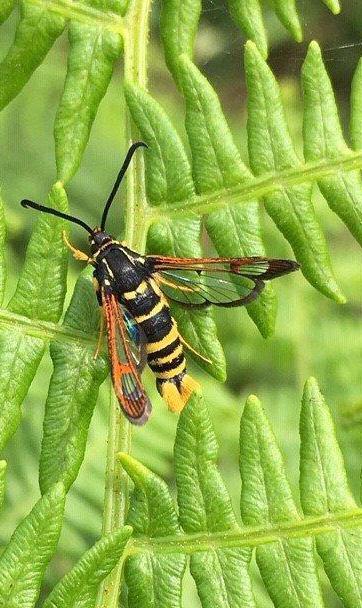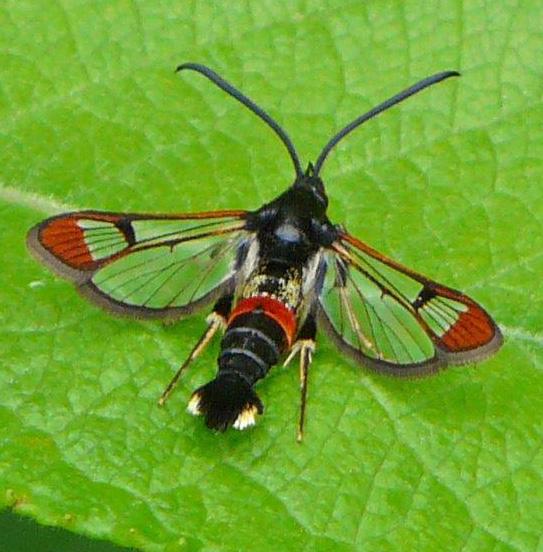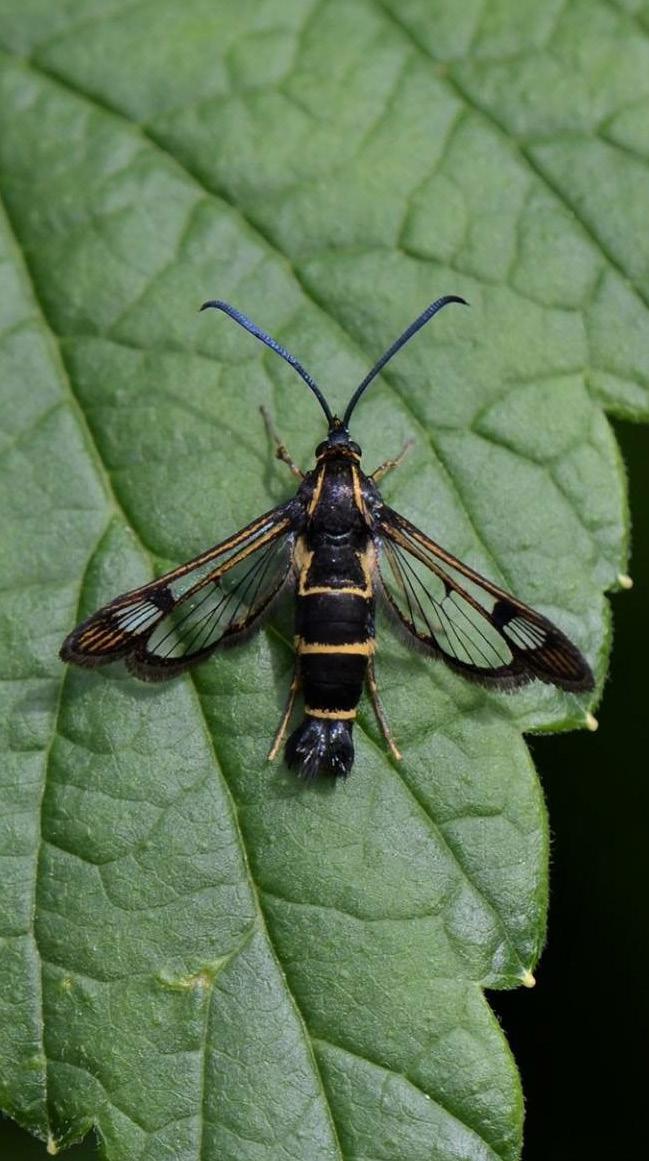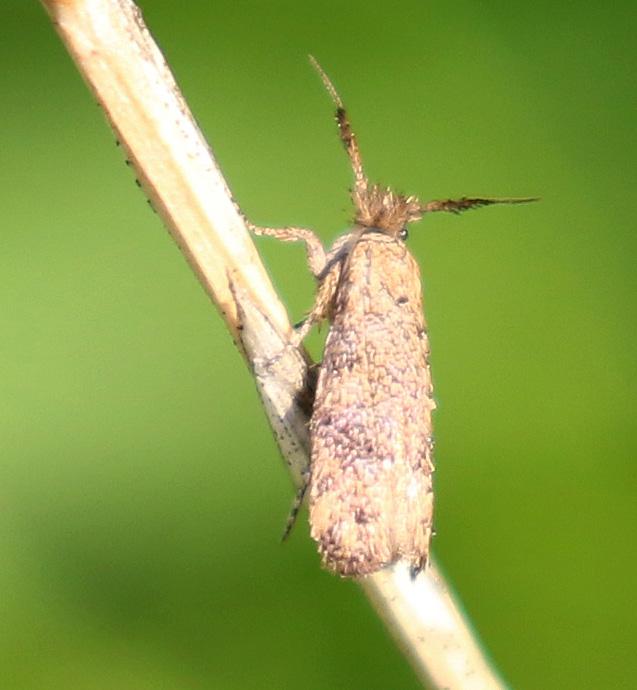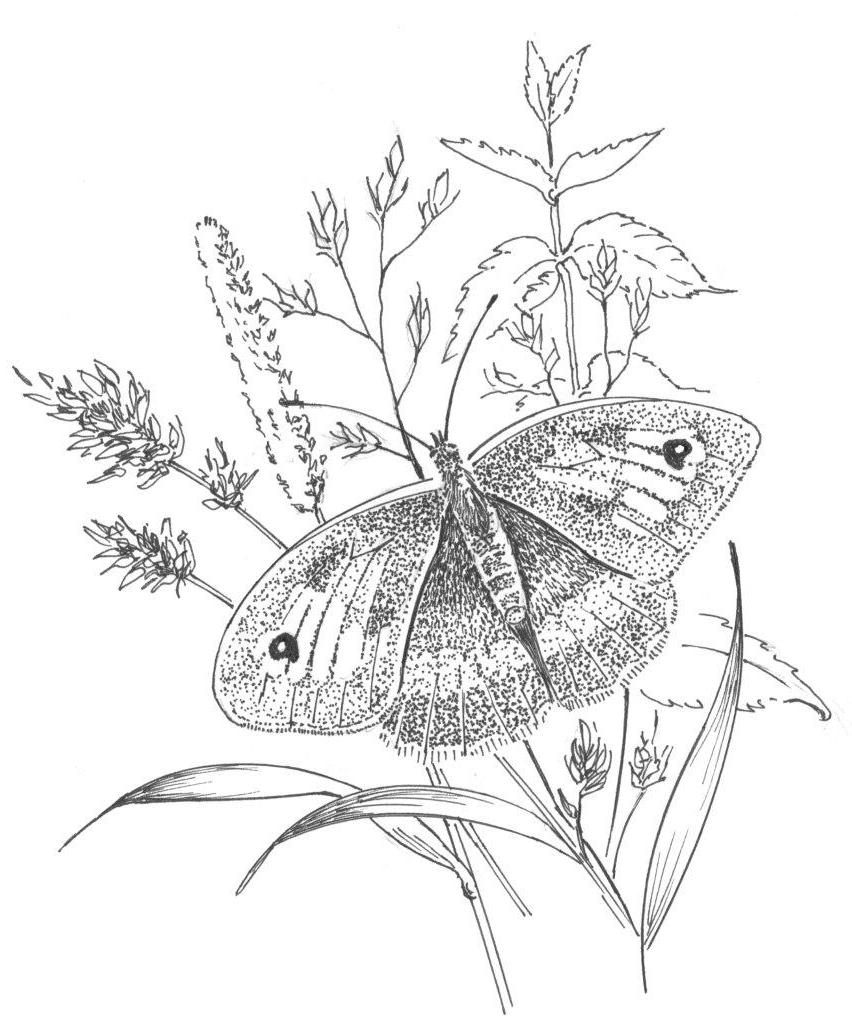
3 minute read
A14 Project Update
The A14 Project – Update
Twm Wade
My introduction to the Chalkhill Blue (CHB) was a key moment in my activity within Butterfly Conservation. Here was this remote colony in Suffolk on a patch of ground about the size of a tennis court and they were so beautiful and precious; something had to be done. The vision is to provide a method of introducing CHB to Suffolk by natural migration from the Devil’s Dyke in Cambridgeshire and to make a link with this remote colony along the A14 and A11. I realised that the key was to find a trial plot where the introduction of Horseshoe Vetch (HV) would result in establishing a new colony of CHB.
For me there was a steep learning curve. There was finding the site and getting the owner to buy into the idea. There was the procurement of seed or plants from a local source and, if it was seed, how to achieve a good germination rate. There was the physical business of planting and monitoring both the success rate of planting and its effect on the butterfly population.
Work started in 2015 and Plant Heritage volunteered to grow plants from seed for free. We got both HV and Birdsfoot Trefoil (BFT). Sadly, the BFT was the Greater variety not Common BFT but the advantage was that it was less liable to suppression by tall grasses. We nearly ended up with trays of plants and no site to plant them but finally the land owner, Highways England, agreed and we planted in November 2016. At the start of 2017 there was a change of management and access was withheld but I got on site in May to find that we seemed to have a 40% success rate in the planting. In 2017 I planted Common BFT plugs for all to die and am now advised to use prepared seed; all the way through lessons have been learned. In terms of butterflies, monitoring has not been as methodical as it should be but we do get a result. The trial site is in a deep cutting of the A14 close to Exning. It is an area that was previously grazed by rabbits so relatively free from scrub. It is next to an arable field recently planted with trees under a stewardship scheme. Both the woodland and cutting were monitored. The woodland area is about twice that of the cutting.
Here are some statistics:
In 2016 there were 6 visits when 16 species of butterfly and moth were recorded mostly in the ‘wood’. There were no visits in July. The counts were: 40 in the wood and 15 in the cutting. In 2017 there were 6 visits when 20 species of butterfly and moth were recorded. The one visit in May only recorded one Peacock but there were 2 visits in July. The counts were: 73 in the wood and 34 in the cutting. Looking at Common Blue (CB), 2 were in the wood and 4 were in the cutting one of which was female. This year, 2018, I tried to visit once a fortnight so there were 10 visits. Twenty-two species of butterfly and moth were recorded. The counts were: 150 in the wood and 147 in the cutting. Looking at CB, we have 33 in the wood and 59 in the cutting.
The increase in CB numbers is evidence that the introduction of a nursery plant can significantly improve the numbers of a target species. The concentration of CB in the cutting was awesome and they may have been undercounted. The HV and Greater BFT plants are still there so there is every possibility that a female CHB has visited unseen and they will be spotted next year. Only time will tell. Please let me know if you want more information or have questions.
Illustration: Meadow brown Beryl Johnson
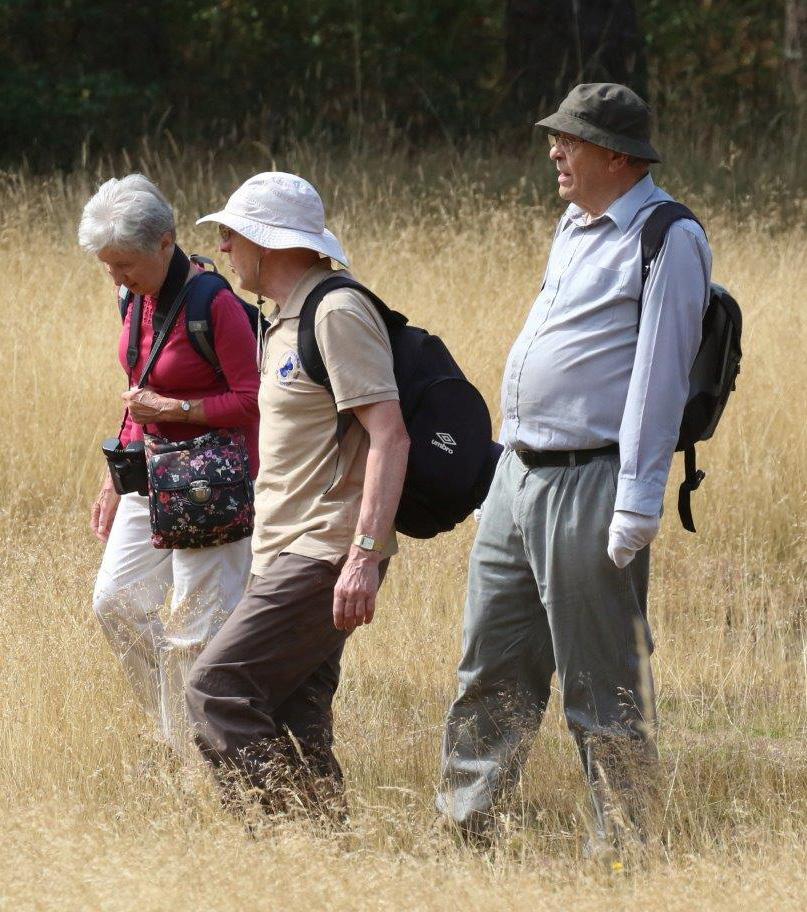
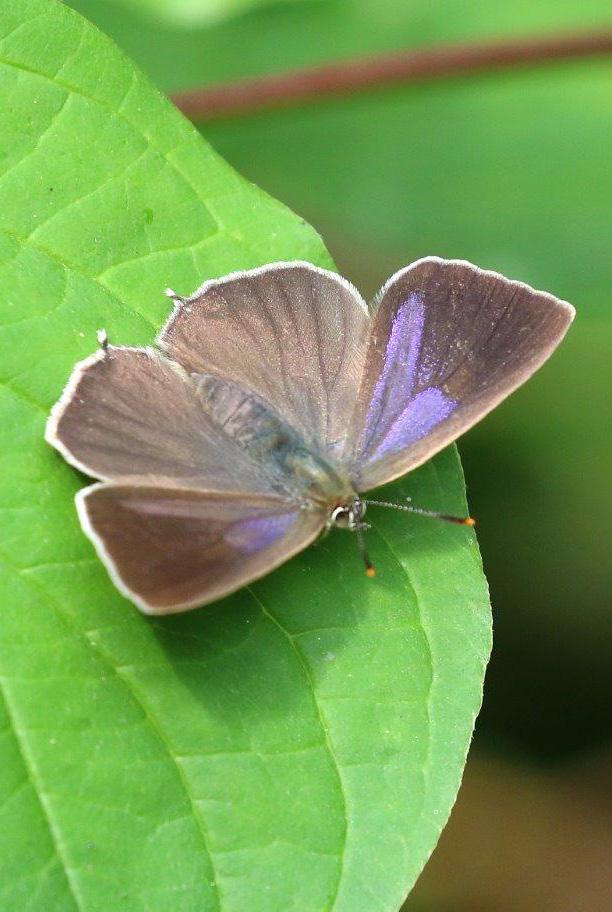
Grayling Hunt King’s Forest by Trevor Goodfellow Purple Hairstreak - SWT Farmland Survey by Trevor Goodfellow
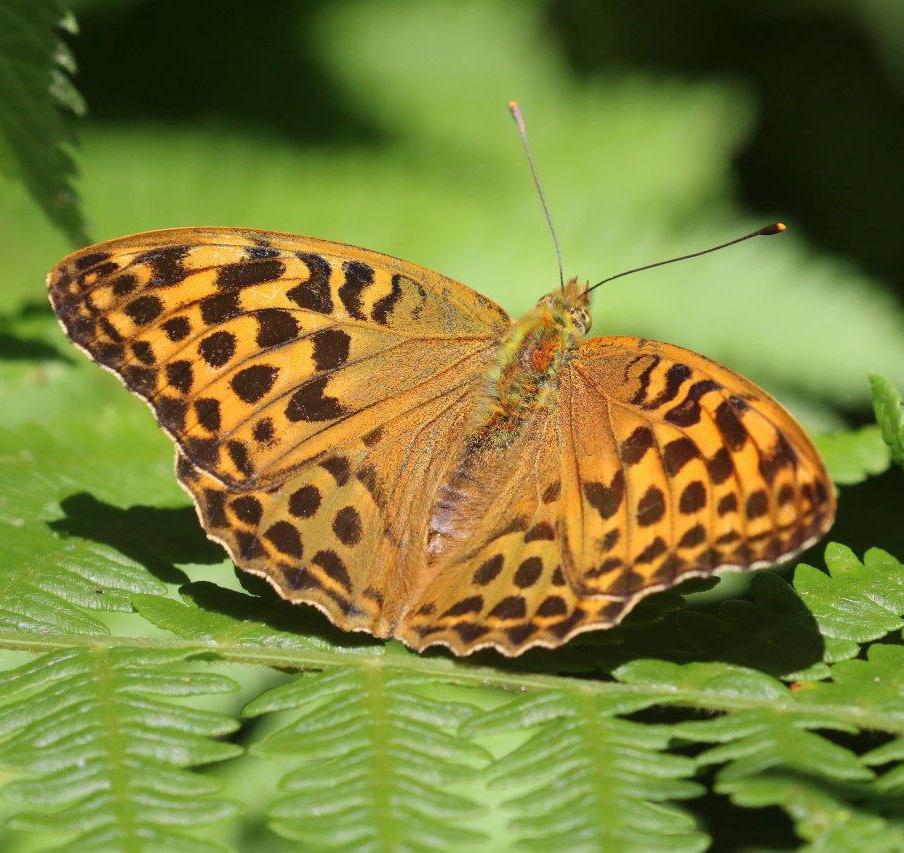
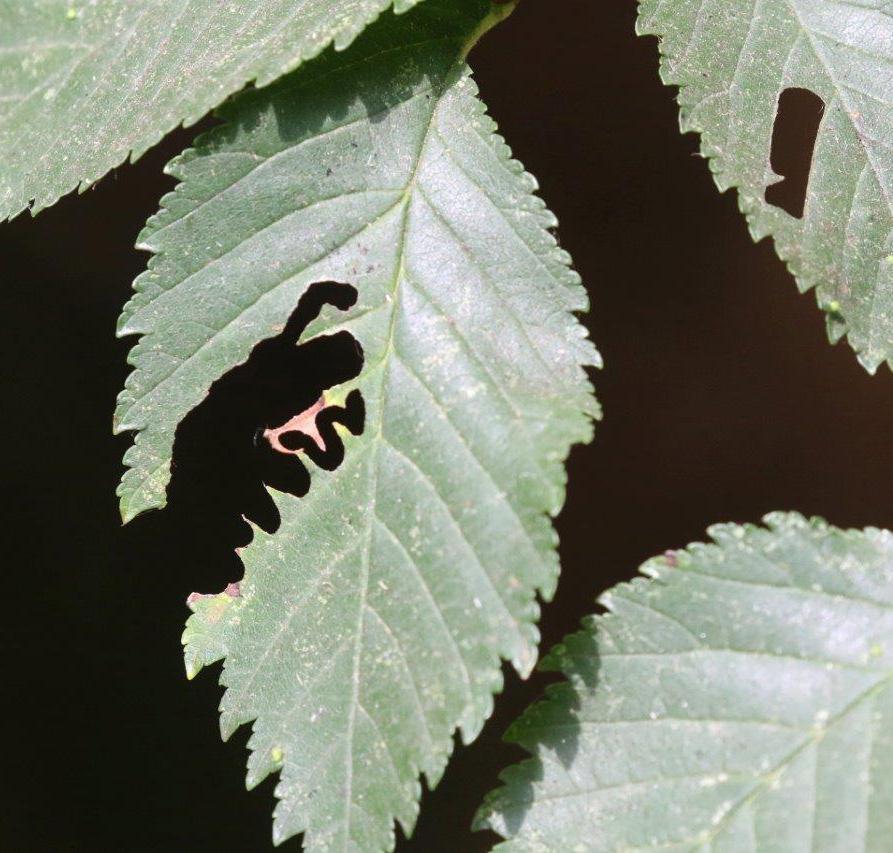
Silver Washed Fritillary - SWT Farmland Survey by Trevor Goodfellow Zig-zag sawfly larval feeding pattern. by Trevor Goodfellow
Yellow-legged clearwing by Sam Chamberlin Current clearwing by Sam Chamberlin
